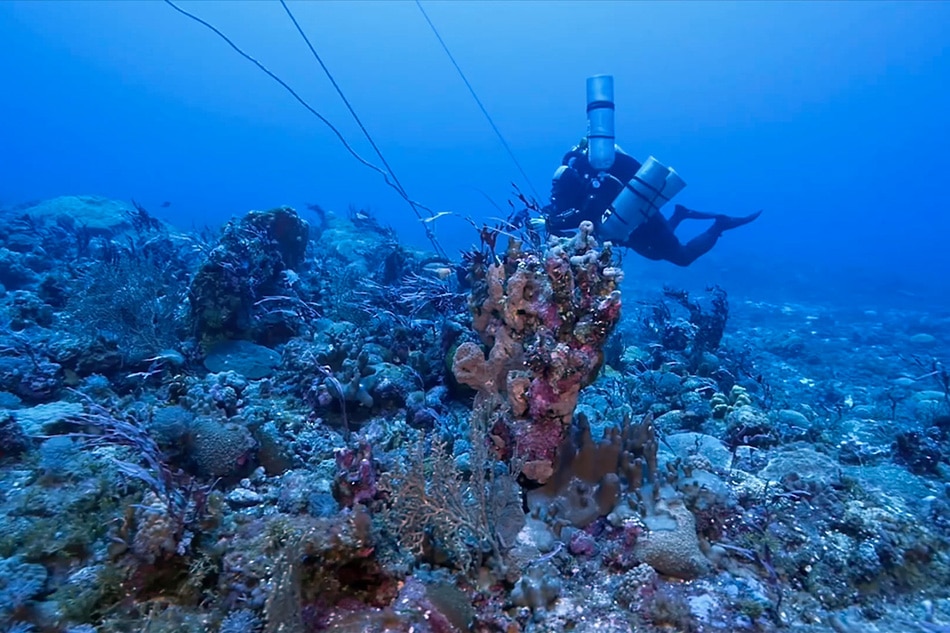PH objects to China’s naming of PH Rise features | ABS-CBN
ADVERTISEMENT

Welcome, Kapamilya! We use cookies to improve your browsing experience. Continuing to use this site means you agree to our use of cookies. Tell me more!
PH objects to China’s naming of PH Rise features
PH objects to China’s naming of PH Rise features
Dharel Placido,
ABS-CBN News
Published Feb 14, 2018 11:59 AM PHT
MANILA - Malacañang on Wednesday said it objects to China’s move to name five undersea features at the Philippine Rise (Benham Rise).
MANILA - Malacañang on Wednesday said it objects to China’s move to name five undersea features at the Philippine Rise (Benham Rise).
"We object and do not recognize the Chinese names given to some undersea features in the Philippine Rise. Per our Philippine embassy in Beijing, they have already raised our concern to China,” Presidential Spokesperson Harry Roque said in a statement.
"We object and do not recognize the Chinese names given to some undersea features in the Philippine Rise. Per our Philippine embassy in Beijing, they have already raised our concern to China,” Presidential Spokesperson Harry Roque said in a statement.
Dr. Jay Batongbacal, an associate professor at the University of the Philippines College of Law and director of the UP Institute for Maritime Affairs and Law of the Sea, said in a Facebook post Monday that the International Hydrographic Organization approved in 2017 the names proposed by China.
Dr. Jay Batongbacal, an associate professor at the University of the Philippines College of Law and director of the UP Institute for Maritime Affairs and Law of the Sea, said in a Facebook post Monday that the International Hydrographic Organization approved in 2017 the names proposed by China.
ADVERTISEMENT
Another feature is called Haidonquing Seamount, which is found east at 190 nautical miles, Batongbacal said.
Another feature is called Haidonquing Seamount, which is found east at 190 nautical miles, Batongbacal said.
Two other features are Cuiqiao Hill and Jujiu Seamount, which form the central peaks of the Philippine Rise undersea geological province.
Two other features are Cuiqiao Hill and Jujiu Seamount, which form the central peaks of the Philippine Rise undersea geological province.
He said three of the features were reported to have been discovered in 2004 during a survey by Li Siguang Hao of the China Navy Hydrographic Office. The names were submitted for consideration in 2014.
He said three of the features were reported to have been discovered in 2004 during a survey by Li Siguang Hao of the China Navy Hydrographic Office. The names were submitted for consideration in 2014.
Batongbacal added the two features were also reported discovered by the same vessel during the same survey, but the proposals were submitted by the China Ocean Minerals R&D Association in 2016.
Batongbacal added the two features were also reported discovered by the same vessel during the same survey, but the proposals were submitted by the China Ocean Minerals R&D Association in 2016.
"All are within 200 nautical miles of the east coast of Luzon, not in the region of the extended continental shelf, but well within the 'legal' continental shelf," he said.
"All are within 200 nautical miles of the east coast of Luzon, not in the region of the extended continental shelf, but well within the 'legal' continental shelf," he said.
Read More:
benham rise
china
south china sea
philippine rise
rodrigo duterte
International Hydrographic Organization
Jay Batongbacal
ADVERTISEMENT
ADVERTISEMENT



